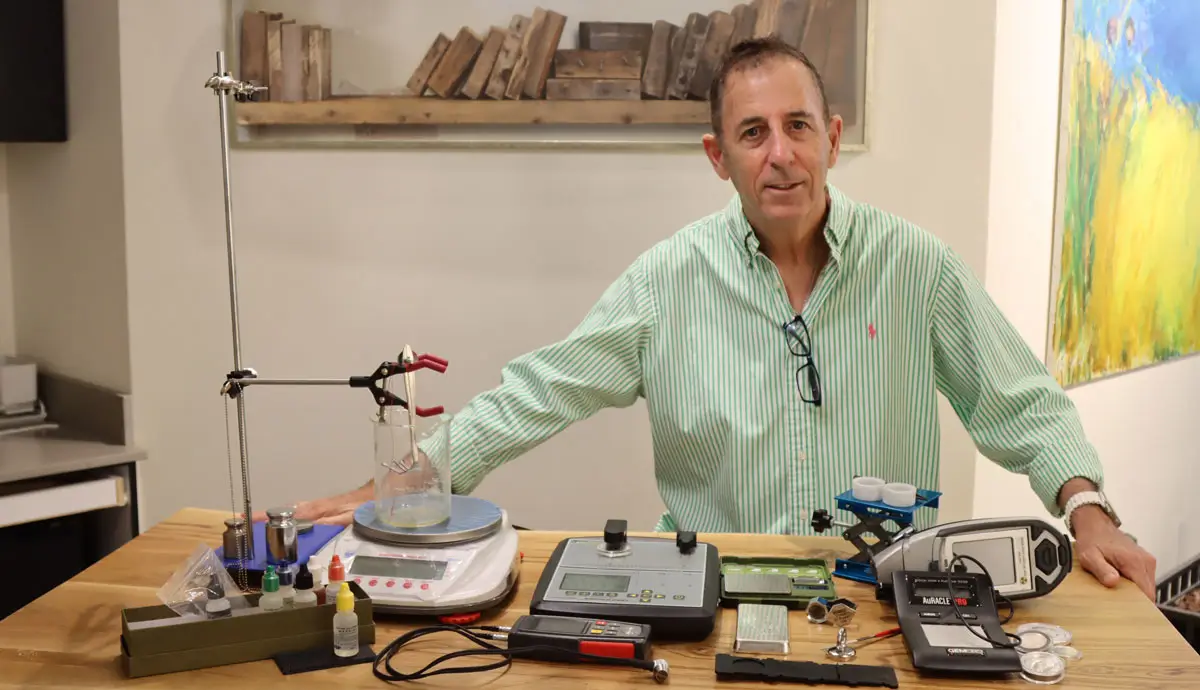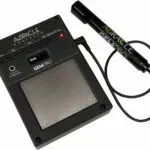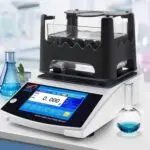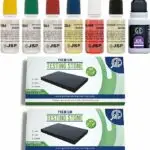Essential Guide to Non-Destructive Testing for Precious Metal Authentication
BLOG #1 May -10-2024
Welcome to the inaugural post of “Precious Metals Mechanics by Ami Gur.” In this series, we embark on a journey through the intriguing world of precious metals, starting with an exploration of the physical properties that can be accurately measured to ensure their authenticity. Understanding these fundamental properties is crucial, as it lays the groundwork for more detailed discussions on specific testing methods and equipment in future posts.
Multi-Faceted Testing Approach
Authenticating precious metals such as gold and silver involves more than a single test, primarily because different metals or alloys might exhibit similar characteristics, such as conductivity or density. However, it is highly unlikely for them to mimic multiple properties simultaneously. Employing at least two different tests can significantly enhance the accuracy of the authentication process, a practice strongly recommended in the industry.
Key Properties and Tests
Conductivity and Resistivity
Electrical conductivity in metals results from the movement of electrically charged particles. Specifically, the valence electrons, which reside in the outermost shell of an atom, facilitate the conduction of electric current due to their ability to move freely. Devices that measure conductivity, using either direct assessments or the eddy current effect, play a pivotal role in determining these properties.
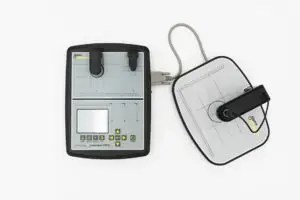
Notable Tools:
Density and Specific Gravity
The density of a metal is a crucial metric for distinguishing between substances like gold and other visually similar metals. Density meters or specific gravity testers provide essential data for these assessments. The formula for density is 𝑑=𝑀𝑉d=VM, where 𝑑d is density, 𝑀M is mass, and 𝑉V is volume, typically expressed in grams per cubic centimeter (e.g., pure gold has a density of 19.3 g/cm³, and pure silver 10.5 g/cm³).
Notable Tool:
Magnetic Susceptibility
Precious metals are typically non-magnetic. Specialized tools used to detect any magnetic properties help identify the presence of impurities or other metals. Notably, gold and silver exhibit diamagnetic properties, meaning they develop a weak magnetic moment in the opposite direction to an applied magnetic field.
Tool Highlight:

MAGNETIC SENSOR FOR CHECKING GOLD BARS AND COINS
Spectroscopic Analysis
X-ray Fluorescence (XRF)
This technique utilizes X-rays to determine the elemental composition  of metals quickly and reliably. XRF describes the process where high-energy radiation excites atoms, causing them to emit X-ray fluorescence radiation as they return to a stable state.
of metals quickly and reliably. XRF describes the process where high-energy radiation excites atoms, causing them to emit X-ray fluorescence radiation as they return to a stable state.
Laser-Induced Breakdown Spectroscopy (LIBS)
A high-energy laser targets the metal, creating a plasma on its surface. The emitted light spectrum, characteristic of the metal’s composition, is then analyzed.
Ultrasonic Testing
This method involves measuring the velocity of sound waves through metals to assess their homogeneity and thickness.
Notable Tool:
Color Analysis
The color of a metal can offer clues about its composition. Photometric or colorimetric tests analyze the surface color to ensure it matches the expected hues for specific metals.
Thermal Conductivity
Thermal conductivity, the ability of a substance to conduct heat, is measured in watts per meter kelvin (W/mK). This property is crucial for materials like gold and silver, known for their high thermal conductivity.
Notable Tool:
Microscopic Examination
High-resolution imaging tools such as scanning electron microscopes (SEM) or optical microscopes can reveal surface characteristics and imperfections, confirming the manufacturing process and authenticity.
Acoustic Testing
Devices like the “Brainir Mini-C Coin Clamper v3 Ping Test” assess the sound produced by metals, providing insights based on their acoustic properties.
Acid Testing
Although slightly destructive, acid tests use nitric acid and other reagents to visually determine metal purity. This method is less accurate but useful for differentiating gold karats, platinum, and pure silver.
Notable Tool:
Looking Ahead: Future Technologies
In the near future, we might see the development of innovative methods such as “smell” tests, which could detect subtle chemical reactions or molecular signatures unique to each metal. This first blog is just an overview of the main physical properties and tools. We will examine their limitations and learn how to use them properly to apply non-destructive tests for the authentication of precious metals products such as bullions and jewelry.
This comprehensive overview sets the stage for upcoming posts where we will delve deeper into each testing method, helping you to understand and employ these techniques effectively. Stay tuned!

